Oberon Class Submarine

Description:
Builders:
Vickers-Armstrongs
Cammell Laird
Chatham Dockyard
Scotts Shipbuilding and Engineering Company
Users:
Royal Navy
Royal Australian Navy
Royal Canadian Navy
Brazilian Navy
Chilean Navy
Built: 1957-1978
In Commission: 1960-2000
Serving for a considerable amount of time and serving in roles of Surveillance, Tracking Vessels, Special Forces Operations, and Anti-Submarine Warfare targets the Oberon class had quite the eventful time in commission. Built as an improvement of the previous Porpoise class of submarine, sharing its dimensions but using stronger material and better electronics. The use of improved steel improved not only the strength but also the submarine's stealth as well. 27 were built, 13 used by the Royal Navy, six by the Austrailian Navy, three by the Brazilian Navy, three by the Canadian Navy, and two by the Chilean Navy.
Powering the Oberon Class was a pair of V16 diesel motors that could each either directly power a 2,200 kW electric motor, or charge a pair of lead-acid batteries to store that power for submerged operation. Like many other diesel-electric submarines the Oberon was also capable of 'snorkeling' which used specialized masts which could suck in air from above the surface and release exhaust gases. This method can allow a submarine to recharge its batteries while remaining submerged.
Eight 533mm torpedo tubes were built into the oberon, two of which being located in the stern, and instead of the usual armament of around 20 torpedoes they could carry around 50 naval mines.
Not until the start of the twenty first century would the Oberon find its replacement in the form of the new Diesel Electric Upholder class, ending over three decades of service among several navies.
Source(s)
https://en.wikipedia.org/wiki/Oberon-class_submarine
https://www.revolvy.com/page/Oberon%252Dclass-submarine
Features:
- Functioning Pitch and Rudder controls
- Near 1:1 Scale
- Simulated ballast control
- Deployable Perescope
Instructions:
1)Pitch for pitch control
2)Roll for steering
3)VTOL for Ballast control
4)AG7 to deploy perescope
5)Trim to swivel perescope
This came out quite well, and with not much trouble in getting it to function. Got the look down as well, though the front's a little rough.
The AN-1 is probably going to take a bit longer, since I'll be making not only a (very large) submarine but aircraft to come with it as well. For now, enjoy the iconic british sub!
Specifications
Spotlights
- OC3LOT1142 5.7 years ago
- Tang0five 5.7 years ago
General Characteristics
- Created On Windows
- Wingspan 42.0ft (12.8m)
- Length 296.6ft (90.4m)
- Height 47.5ft (14.5m)
- Empty Weight N/A
- Loaded Weight 341,918lbs (155,091kg)
Performance
- Wing Loading 18.4lbs/ft2 (89.6kg/m2)
- Wing Area 18,631.6ft2 (1,730.9m2)
- Drag Points 22730
Parts
- Number of Parts 119
- Control Surfaces 0
- Performance Cost 460

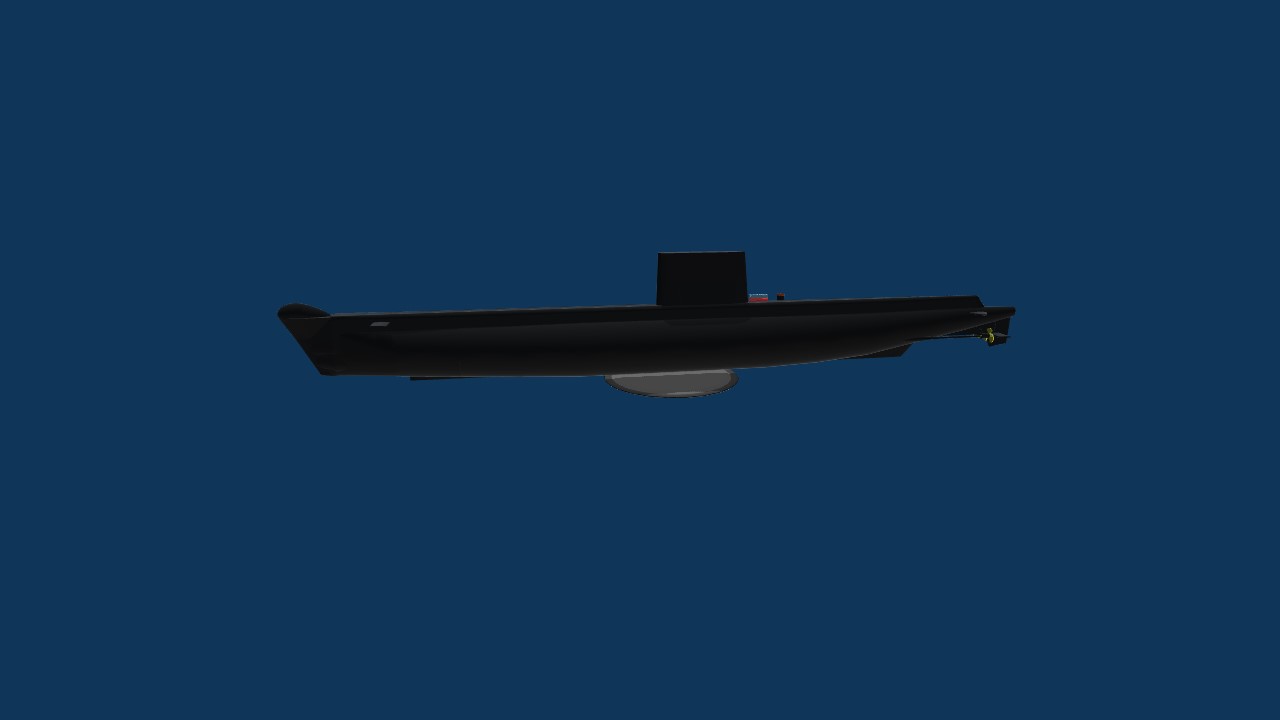
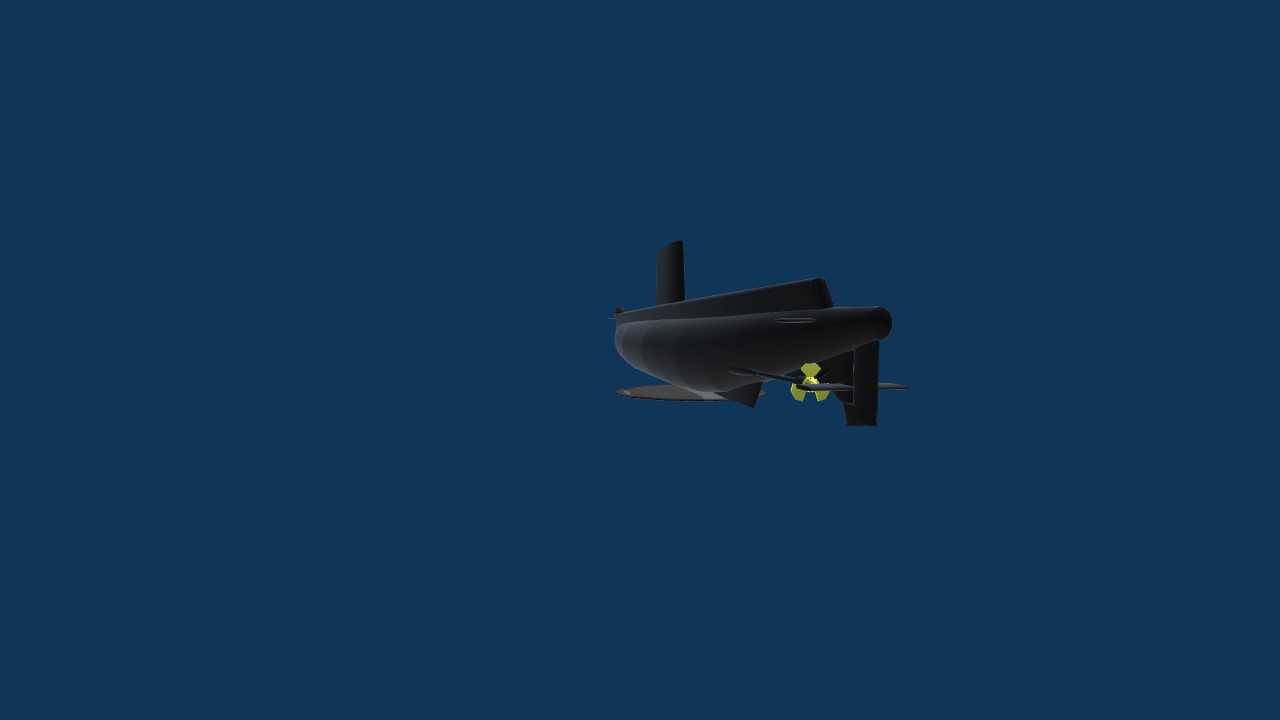
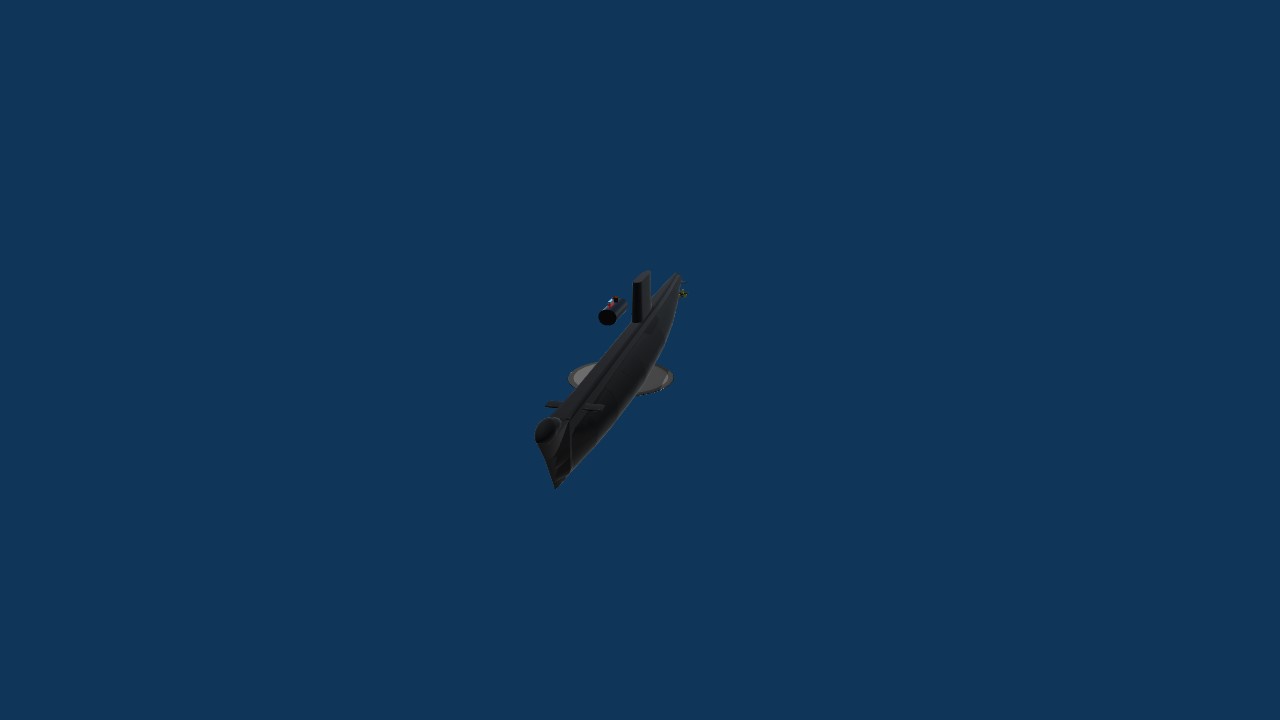





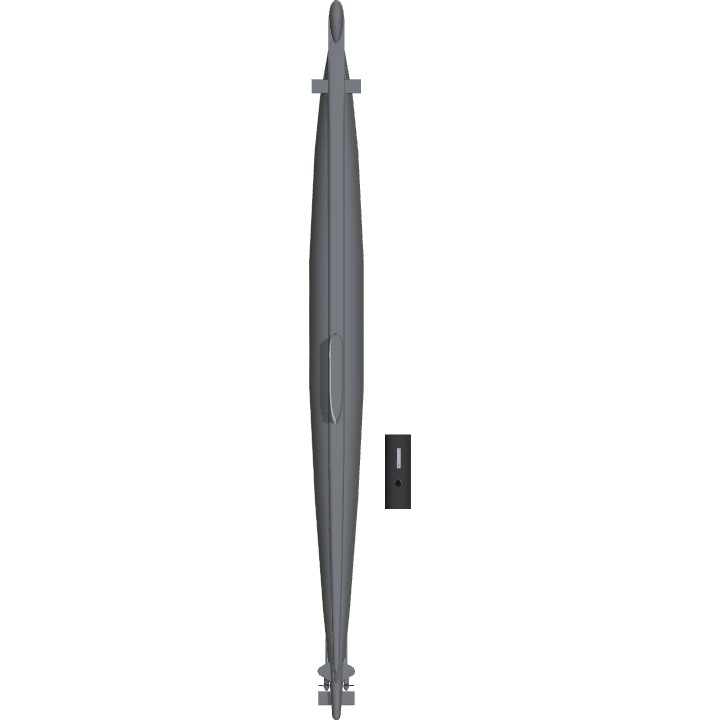
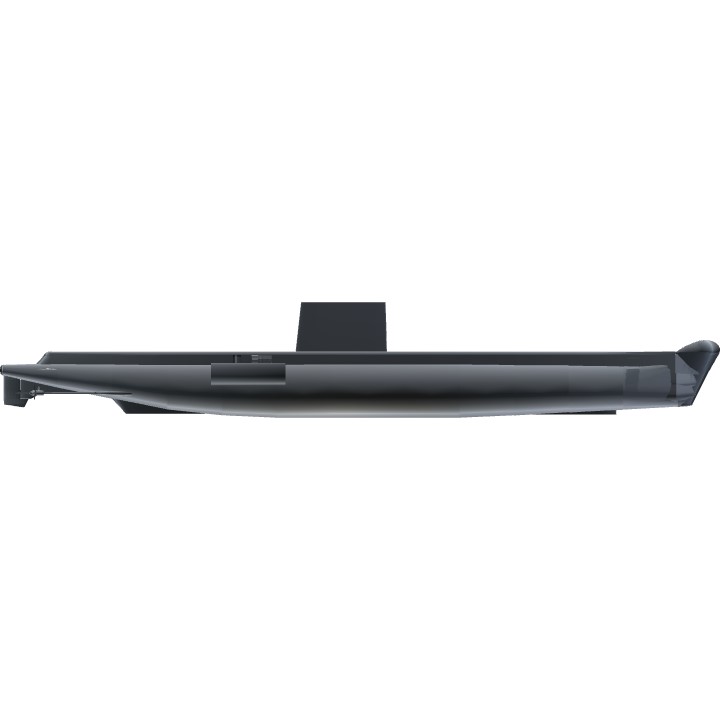

@Tang0five Thanks! Well now you have! As I often do I credit willy1111 and his fantastic AIP Submarine for inspiring my methods. Alongside Toscio56 and the engine he developed for giving me something I could work with. Willy's engine is great, but I found Toscio's engine MUCH easier to install and most importantly modify.
I do like your boats, surprised I’ve not seen them before! @MintLynx
@Tang0five Nice!
Very neat, been on one of these at the submarine museum in Gosport!
Kool!
@MintLynx
Oh man that's so cool! First upvote from a Moderator!
@MintLynx no problem buddy.
@EternalDarkness Thanks for the tip! I'll try to remember that. Also thanks for the upvote!
Pro tip: zoom in on your upload pictures so that the build covers as much of the screen as possible. Nice sub though.
@Scorp1a Thank you! I've had practice building these things. ^^
Not bad!